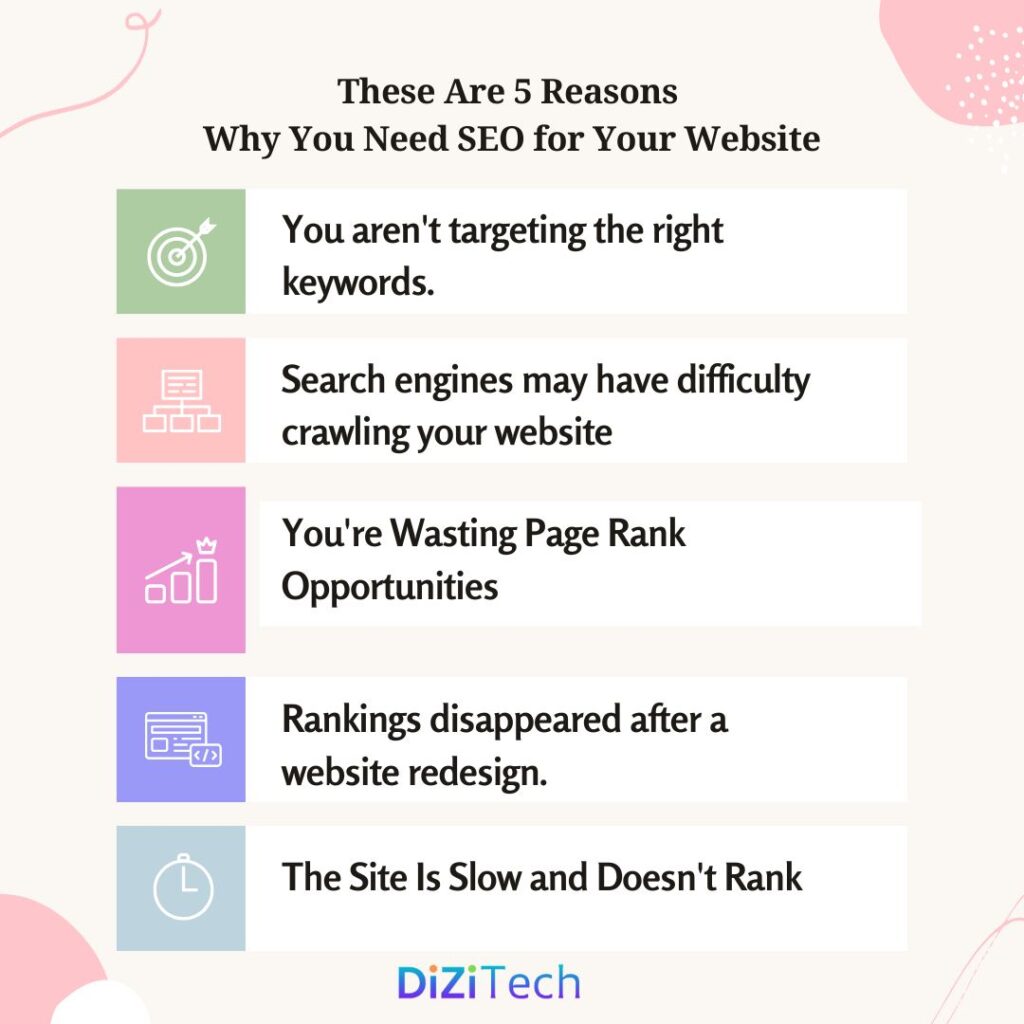Your website functions as a brand introduction in modern digital economy. A website design goes beyond visual appeal because it must focus on functional usability along with delivering excellent user experience and business objectives fulfillment. Many people doubt which among numerous design possibilities serves as the most effective website strategy. The following guide presents dedicated information about designing a strategic website plan which combines successful implementation and user-need alignment and trend adaptability.
What Website Design Guide Is The Best Strategy?
Why a Website Design Guide Is Essential
The website design guide serves as a definitive direction to produce unified and successful online platforms. Your website design guide includes fundamental design rules together with brand identity components as well as usability requirements that let your site connect with users and fulfill their needs. Your website becomes destined for failure when you operate without a comprehensive guide because it leads to inconsistency and confusion which diminishes its effectiveness.
A website design guide requires several essential components to achieve success
1. Focus on User Experience (UX)
A successful website implementation starts with making user experience its top priority. Websites that offer simple navigation together with fast load speeds and appealing visuals inspire users to keep visiting.
- Intuitive Navigation: Organize content with a clear menu structure.
- Mobile Responsiveness: Every device needs to operate your site smoothly by following mobile responsiveness standards.
- Accessibility: Design for entire user groups including persons with disabilities by following web accessibility guidelines.
2. Visual Design Consistency
The visual representation of your website needs to represent your brand image across all pages. The design guide functions as a tool to keep page elements and their associated colors and typography consistent.
- Typography: The visual appearance becomes easier to follow when you use no more than three different font types.
- Color Palette: Your color scheme consists only of brand colors together with their compatible hues.
- Imagery: High-quality images suitable for your brand tone should be selected.
3. Prioritize Content Strategy
Your website depends on content because it provides both guidance about your products and keeps users interested.
- SEO-Optimized Copy: Natural integration of SEO keywords such as “what website design guide is the best strategy” should appear throughout text content.
- Call-to-Actions (CTAs): Users need guidance through strategically placed Call-to-Actions (CTAs) to follow specific actions.
- Informative and Clear Content: Each statement needs to prove its worth by serving your purpose directly.
4. Leverage SEO and Analytics
SEO tools in conjunction with analytics platforms enable you to monitor your website data while discovering ways to enhance it.
- On-Page SEO: Optimize headings, meta tags, and images for search engines.
- Analytics Tools: Traffic and user engagement should be monitored by using either Google Analytics or competing analytics platforms.
5. Test and Iterate
Websites exist in perpetual development because completion is an unreachable goal. Site effectiveness depends on both regular testing and updates applied to your site.
- A/B Testing: Testing different designs or layouts through A/B method helps determine which option achieves optimal results.
- User Feedback: Near-term user assessments must be gathered to discover functional weaknesses before making platform usability better.
- Performance Monitoring: Teams must perform ongoing performance checks and repair all broken elements within the website platform.

“Design is not just what it looks like and feels like. Design is how it works.”
— Steve Jobs
FAQs
1. A website design guide brings what significance to websites?
Ans: The website design guide serves to maintain consistency while improving user experiences and keeping the website consistent with branding and business objectives.
2. A website design strategy works effectively when it meets what criteria?
Ans: A successful design strategy implements user-friendly interactions with mobile readiness and leads to search engine optimization while performing ongoing assessment activities for retaining functionality and relevance.
3. Which methods should I use to make my website search engine friendly?
Ans: Website SEO success requires text with appropriate keywords then optimized tags and images along with tracking instruments for Google Analytics to optimize performance while enhancing discoverability.
4. Designing websites involves numerous typical mistakes which affect their quality and functionality.
Ans: Three key design errors include websites which load slowly together with untidy layout designs and uncoordinated branding elements as well as poor mobile compatibility practices.
5. When is the proper time to change the design of my website?
Ans: A website needs regular updates throughout its lifecycle to maintain relevance and you should make minor changes every half year to one year and conduct full-scale redesigns every two to three years.
Conclusion
The first step of developing outstanding website designs involves building a thorough guide centered on user satisfaction alongside brand coherence along with operational performance. A website built through the combination of creative strategies along with analytic methods which follow trending practices will produce successful results. Need expert assistance? Users can contact Dizitech Pro to receive personalized website design solutions.

